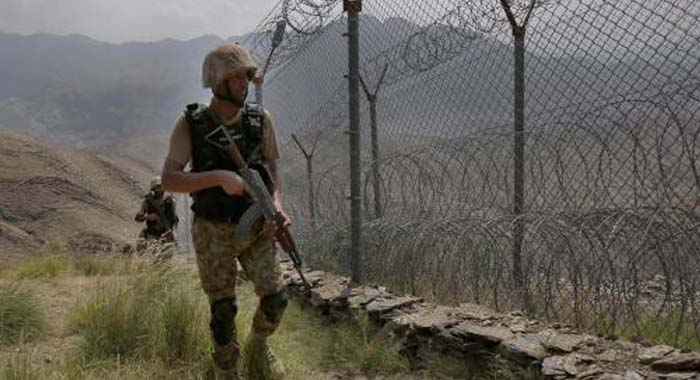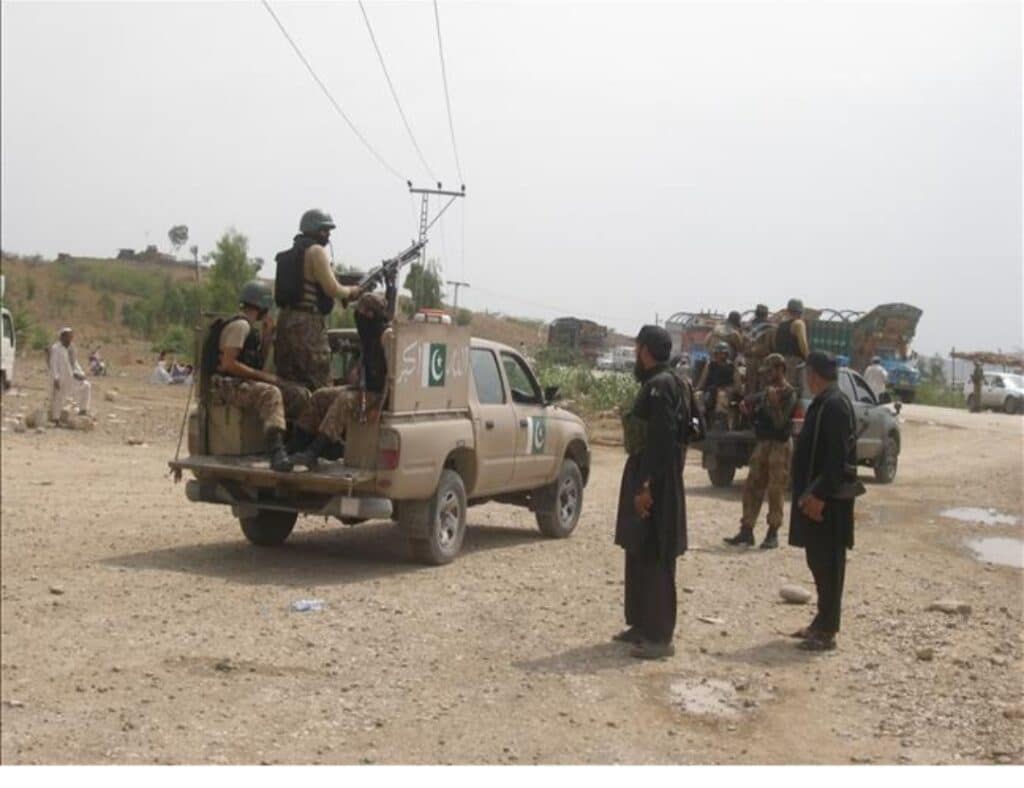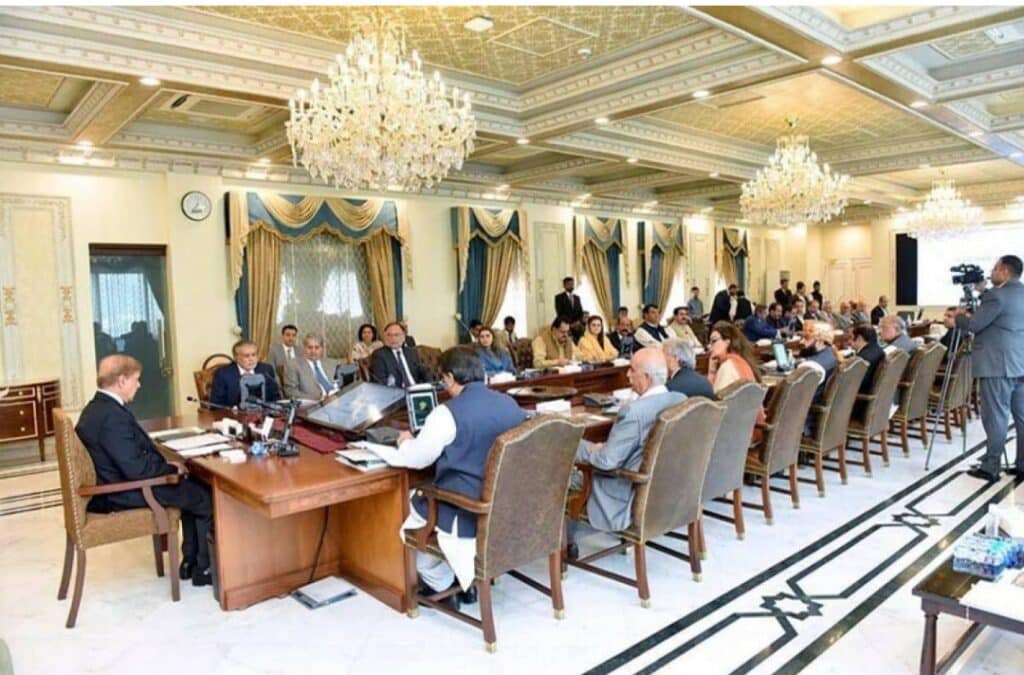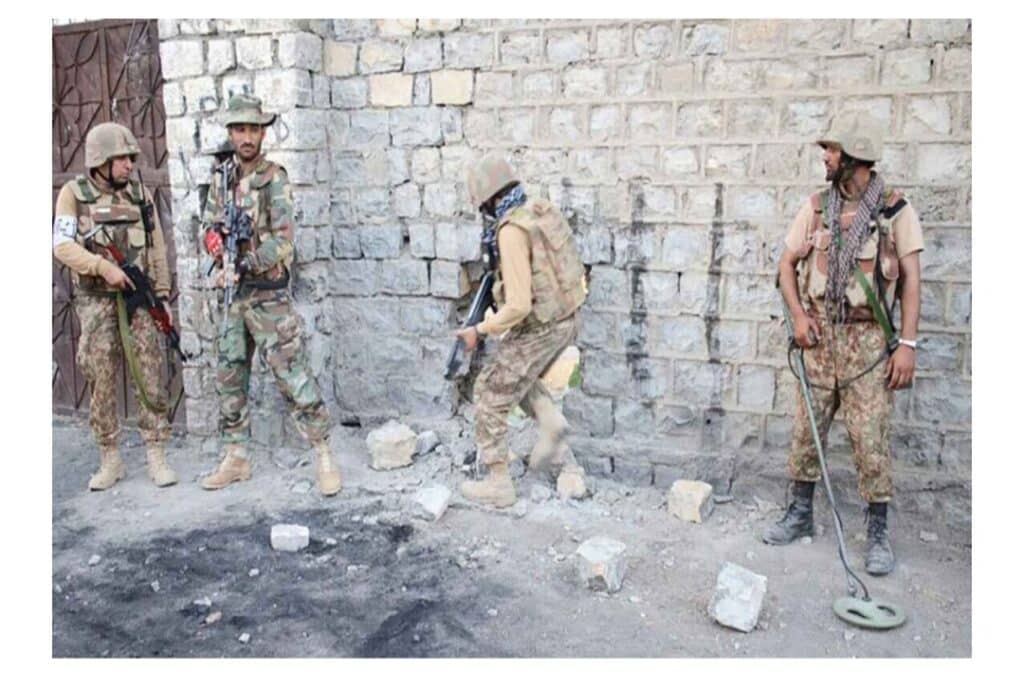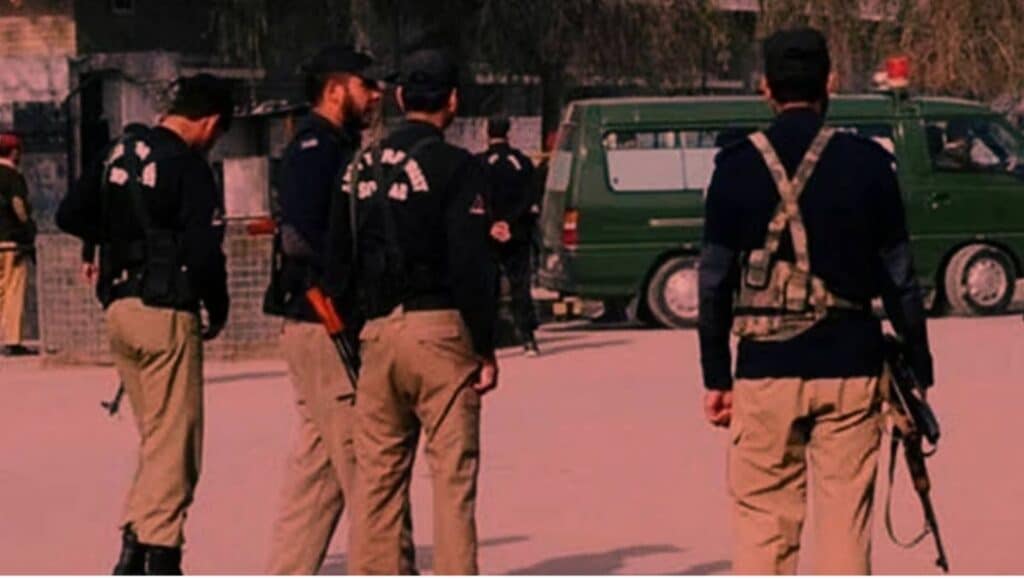Few countries in the modern era have endured as much violence, instability, and external interference as Afghanistan. For more than four decades, the country has remained a battlefield of competing ideologies, foreign interventions, and internal conflicts. The consequences of this protracted turmoil have been devastating not only for Afghanistan itself but also for its neighbors, particularly Pakistan, which has faced the spillover of terrorism, militancy, and refugee crises.
The roots of terrorism in Afghanistan are deeply intertwined with its history. The Soviet invasion of 1979 militarized Afghan society, empowering armed groups that fought the occupation but later fractured into rival militias. The subsequent civil war devastated the country, leaving it without a functioning state. In this vacuum, the Taliban emerged in 1996, enforcing a rigid regime that not only reshaped Afghan society but also provided safe havens for international terrorist networks, including Al-Qaeda. This transformed Afghanistan into a hub of militancy with consequences that rippled across borders.
The U.S.-led intervention in 2001 was intended to dismantle terrorist infrastructure and establish stability. However, the prolonged conflict that followed had the opposite effect. Insurgency, foreign troop presence, and weak governance structures entrenched cycles of violence rather than breaking them. Militant groups adapted, regrouped, and expanded their influence, ensuring that terrorism remained a central feature of Afghan politics and society.
Beyond historical events, socioeconomic deprivation has fueled extremism in Afghanistan. Poverty, unemployment, and poor access to education have made large segments of the population vulnerable to recruitment by radical organizations. For many disillusioned Afghan youths, extremist groups offered not only ideological platforms but also material survival and a sense of identity. The United Nations has repeatedly pointed out how socioeconomic despair serves as fertile ground for terrorism, and Afghanistan provides a stark case study.
The impact of this prolonged turmoil has been felt most acutely in Pakistan. With a 2,600-kilometer porous border, Pakistan has borne the brunt of cross-border militancy. Terrorist networks exploiting Afghan sanctuaries have launched attacks inside Pakistan, undermining its internal security and complicating counter-terrorism efforts. The presence of the Tehrik-e-Taliban Pakistan (TTP), linked to groups operating in Afghanistan, highlights the transnational nature of militancy that Islamabad must contend with.
The humanitarian dimension has been equally significant. Millions of Afghan refugees have sought shelter in Pakistan since the 1980s, creating immense challenges for its economy, infrastructure, and social fabric. While Pakistan extended hospitality to those fleeing violence, the prolonged nature of displacement has made refugee management a complex issue. Security concerns have also grown, as militant elements have sometimes exploited refugee movements to conceal their activities.
Economically, terrorism in Afghanistan has cast a long shadow over Pakistan. Persistent instability has discouraged regional investment, obstructed trade, and diverted Pakistan’s resources toward security operations rather than development. Funds that could have been directed to education, healthcare, and infrastructure have been consumed by counter-terrorism measures. Moreover, tourism and other revenue-generating industries have suffered under the constant threat of violence.
Despite these challenges, Pakistan’s resilience has been remarkable. It has dismantled major militant networks through military campaigns and has consistently emphasized the need for regional peace. Pakistan’s sacrifices, both in lives and resources, have been widely acknowledged. Yet it remains clear that as long as instability persists in Afghanistan, Pakistan’s security gains will remain fragile.
The way forward requires more than military responses. Lasting peace in Afghanistan depends on addressing its political, social, and economic crises. Inclusive governance, political reconciliation, and reconstruction are essential to break the cycle of violence. Without tackling the structural causes of extremism poverty, unemployment, and disenfranchisement militancy will continue to thrive.
The international community also bears responsibility. Afghanistan’s instability has never been contained within its borders; its effects are regional and global. Pakistan cannot and should not be expected to carry the burden alone. A coordinated international effort is needed to support Afghanistan’s reconstruction, curb terrorism, and stabilize the region.
In conclusion, terrorism in Afghanistan is the product of decades of war, deprivation, and failed governance. Its impact on Pakistan has been direct, costly, and enduring. Yet Pakistan has shown resilience and determination in combating terrorism despite immense sacrifices. For the region to move toward stability and prosperity, the world must focus on addressing the root causes of Afghan militancy. Only then can Pakistan and its neighbors hope to break free from the cycle of instability that has defined South Asia for far too long.

